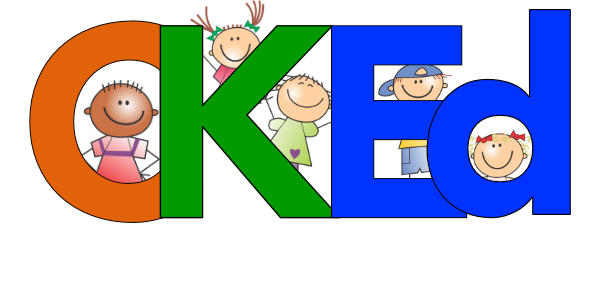February K - 2 Session
KINDER: MODULE 5 - Numbers 10 - 20, Count to 100 by Ones and Tens
Slide Deck for Kinder Module 5
South Carolina Support Document - Kinder
Video: Kinder Math Make Groups of 10
Video: Dice and Rekenrek
Video: 5 Activities for the Rekenrek
K.NS.1 Count forward by ones and tens to 100.
K.NS.2 Count forward by ones beginning from any number less than 100.
K.NS.3 Read numbers from 0 – 20 and represent a number of objects 0 – 20 with a written numeral.
K.NS.4 Understand the relationship between number and quantity. Connect counting to cardinality by demonstrating an understanding that:
a. the last number said tells the number of objects in the set (cardinality);
b. the number of objects is the same regardless of their arrangement or the order in which they are counted (conservation of number);
c. each successive number name refers to a quantity that is one more and each previous number name refers to a quantity that is one less.
K.NS.5 Count a given number of objects from 1 – 20 and connect this sequence in a one-to-one manner
K.NSBT.1 Compose and decompose numbers from 11 – 19 separating ten ones from the remaining ones using objects and drawings.
GRADE 1: MODULE 4 - Place Value, Comparison, Addition and Subtraction to 40
Slide Deck for Grade 1 Module 4
South Carolina Support Document - Grade 1
GFletchy Counting Progression: Addition and Subtraction
Finger Counters by Marc Peyser
Video: Place Value 2.NBT (vertical view)
1.NBT.1 Extend the number sequence to: a. count forward by ones to 120 starting at any number; b. count by fives and tens to 100, starting at any number; c. read, write and represent numbers to 100 using concrete models, standard form, and equations in expanded form; d. read and write in word form numbers zero through nineteen, and multiples of ten through ninety.
1.NBT.2 Understand place value through 99 by demonstrating that: a. ten ones can be thought of as a bundle (group) called a “ten”; b. the tens digit in a two-digit number represents the number of tens and the ones digit represents the number of ones; c. two-digit numbers can be decomposed in a variety of ways (e.g., 52 can be decomposed as 5 tens and 2 ones or 4 tens and 12 ones, etc.) and record the decomposition as an equation.
1.NBT.5 Determine the number that is 10 more or 10 less than a given number through 99 and explain the reasoning verbally and with multiple representations, including concrete models.
1.NBT.3 Compare two two-digit numbers based on the meanings of the tens and ones digits, using the words greater than, equal to, or less than. es or 4 tens and 12 ones, etc.) and record the decomposition as an equation
1.NBT.4 Add through 99 using concrete models, drawings, and strategies based on place value to: a. add a two-digit number and a one-digit number, understanding that sometimes it is necessary to compose a ten (regroup); b. add a two-digit number and a multiple of 10.
1.NBT.6 Subtract a multiple of 10 from a larger multiple of 10, both in the range 10 to 90, using concrete models, drawings, and strategies based on place value.
GRADE 2: MODULES 6 - Foundations of Multiplication and Division
Slide Deck for Grade 2 Modules 7 and 8
South Carolina Support Document - Grade 2
2.MDA.6 Use analog and digital clocks to tell and record time to the nearest five-minute interval using a.m. and p.m
2.MDA.7 Solve real-world/story problems involving dollar bills using the $ symbol or involving quarters, dimes, nickels, and pennies using the ¢ symbol.
2.ATO.4 Use repeated addition to find the total number of objects arranged in a rectangular array with up to 5 rows and up to 5 columns; write an equation to express the total as a sum of equal addends.
2.G.2 Partition a rectangle into rows and columns of same-size squares to form an array and count to find the total number of parts
